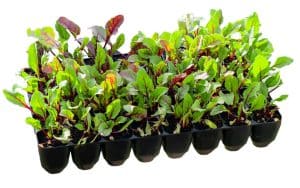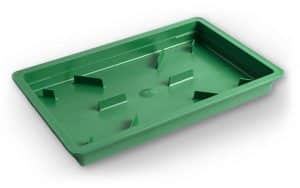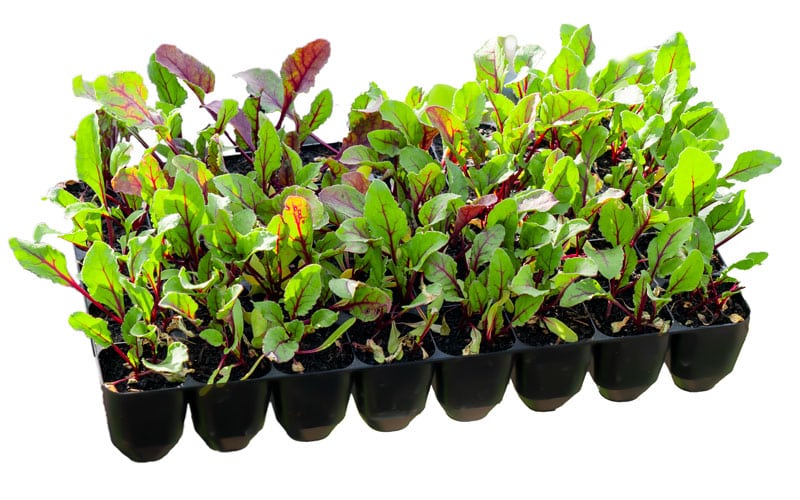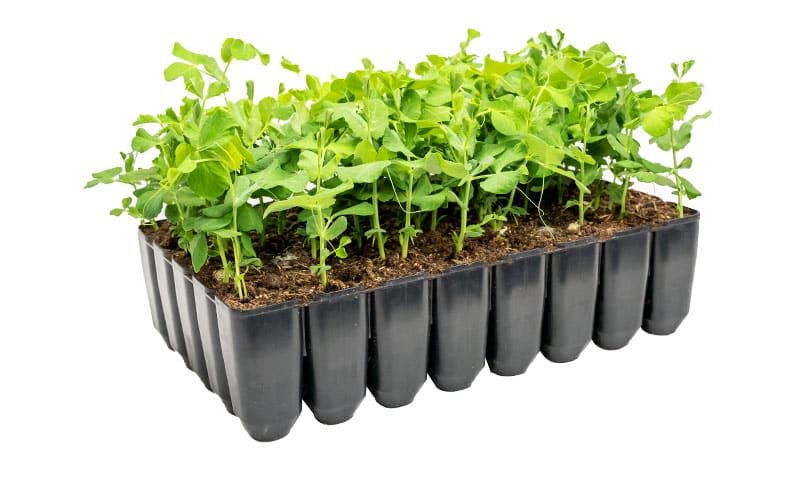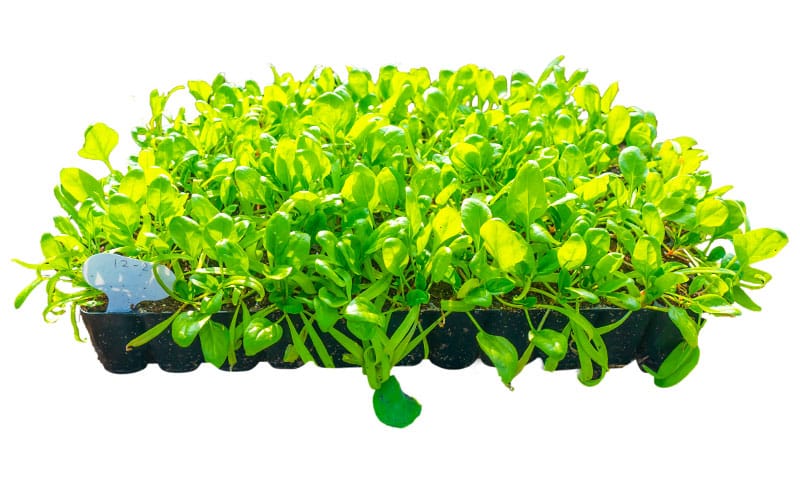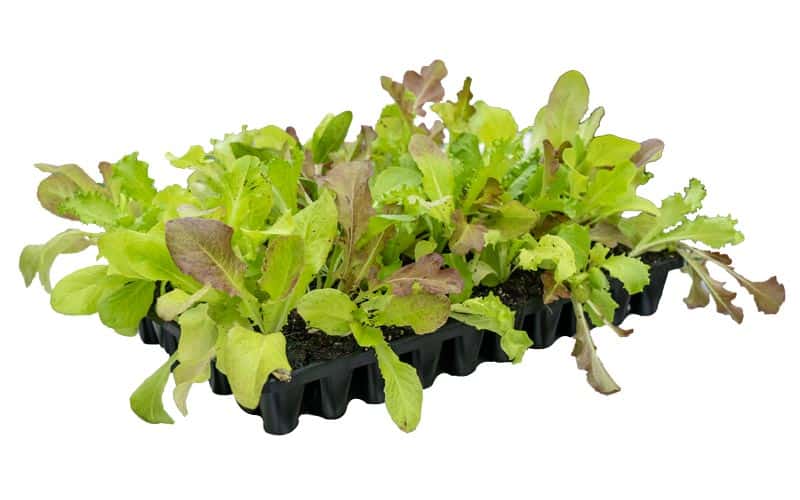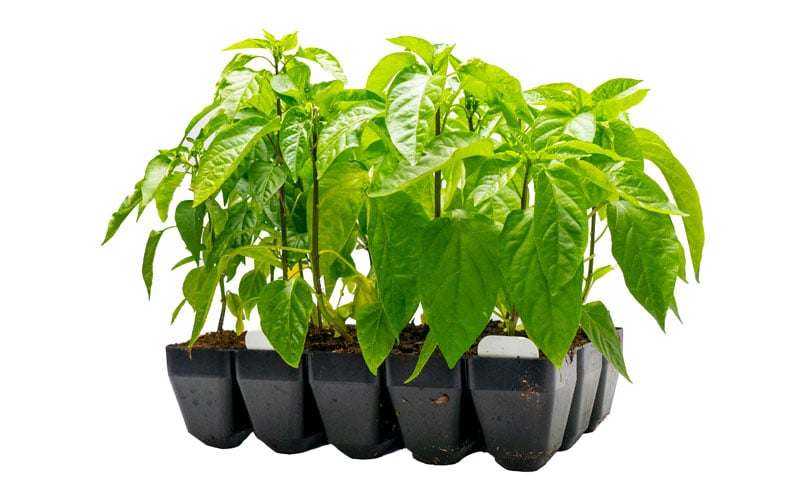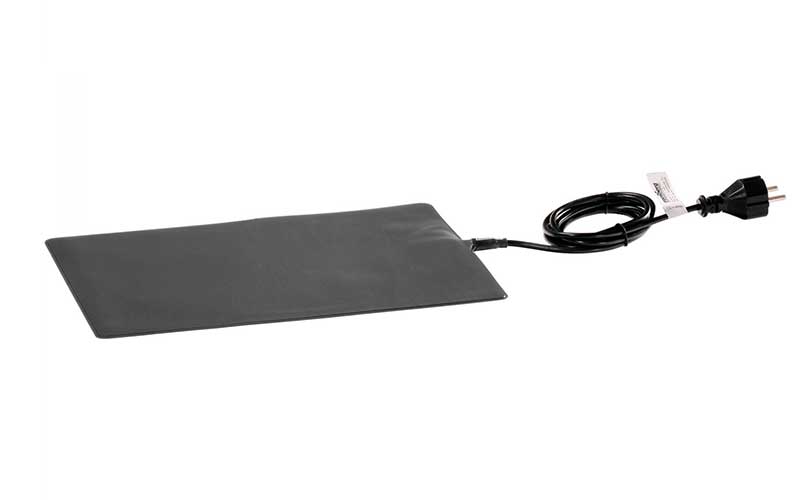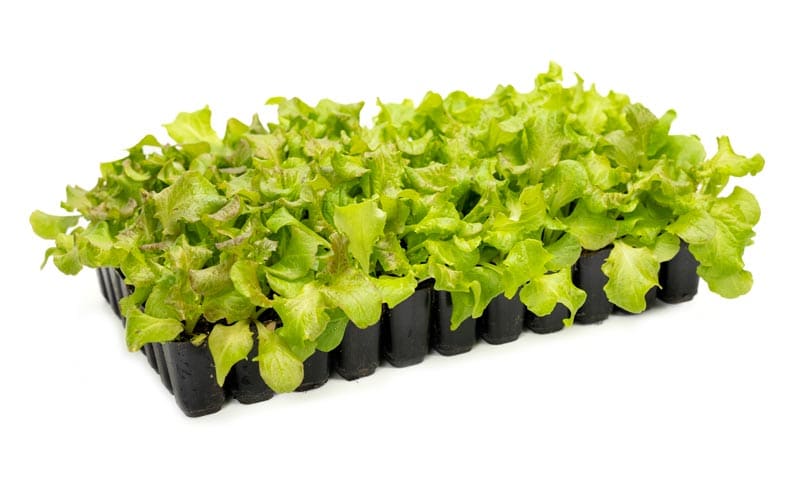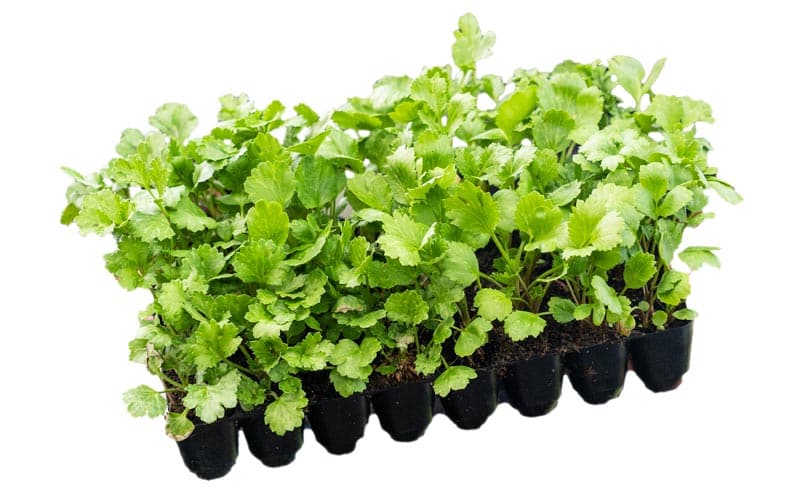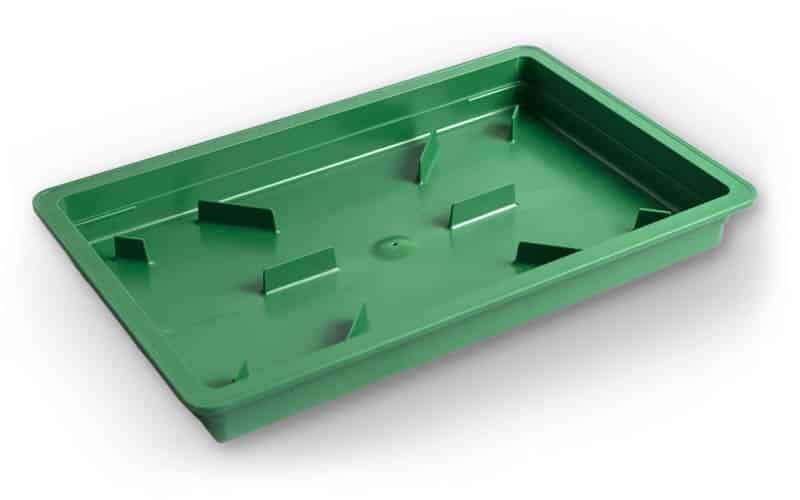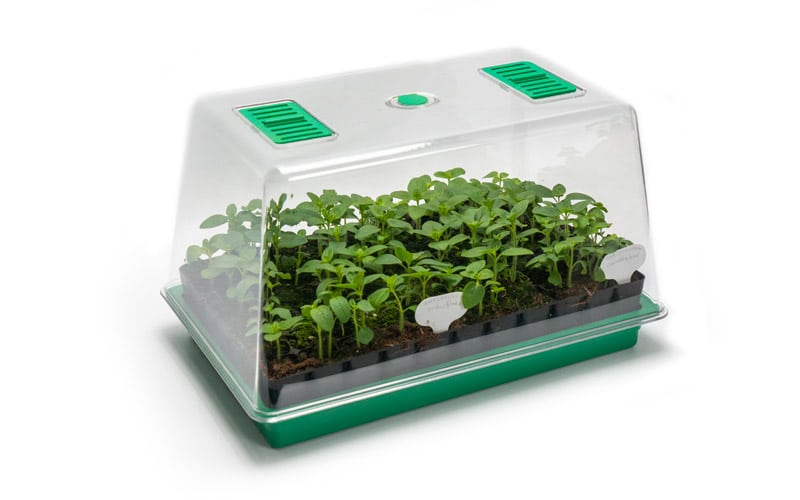What would you like to grow?
Our Recommendation
Other Good Options
Takes only 10 seconds
What to grow in which seed tray?
Select your tray and figure out what seeds to sow in them.
Select a seed tray to see the vegetables and flowers
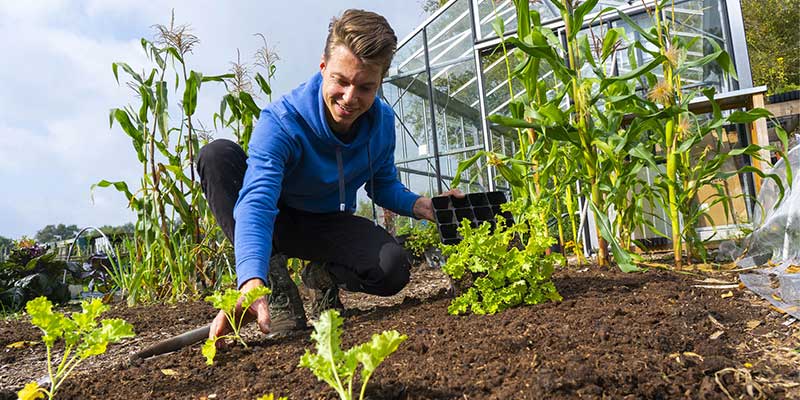
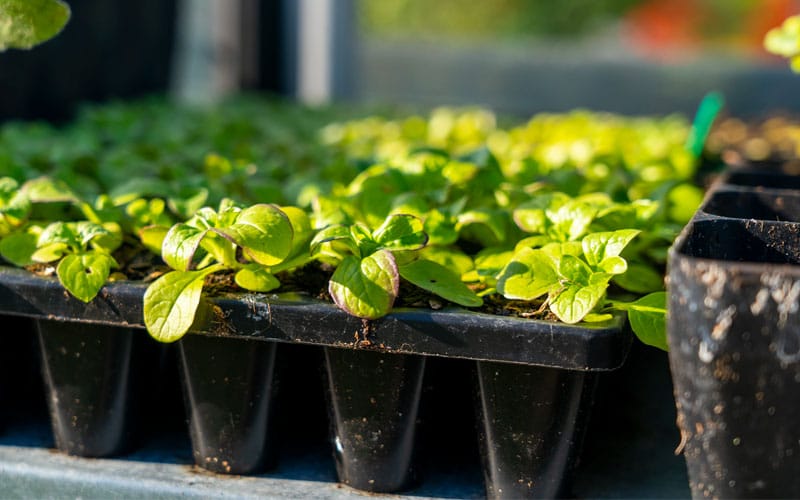
All seed trays
View the complete assortment of seed trays here
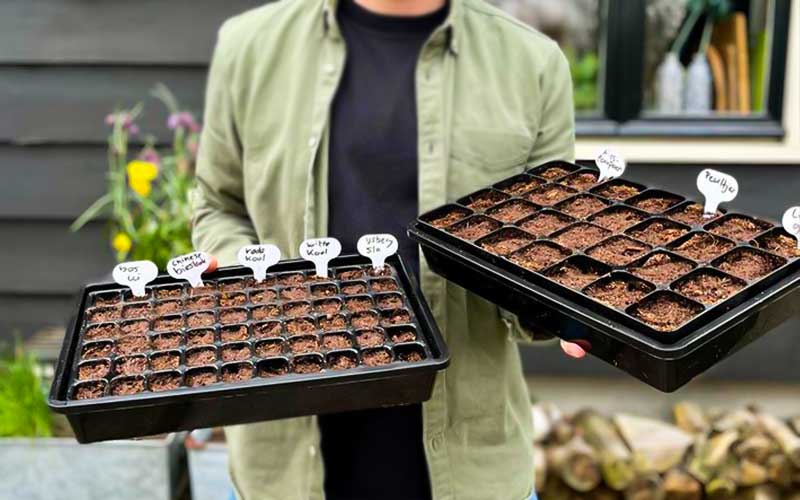
Decision aid
Search what you want to grow and we’ll tell you what seed tray best suits you!
Which Seed Tray is best for you?
What seed trays are out there and what are the pros and cons for all of them? Let’s dive into the world of seed trays and explain why one is “better” than the other.
Biggest differences
All seed trays are similar in that they can be used to start your own food or flowers from seeds. But there is a big difference in caring, time and longevity. Garden centers offer a weak seed tray that bends and breaks easily and only lasts two growing seasons. Biodegradable seed trays have a weakness in taking water from your seedlings and drying them out. If you want the ease of use, time-saving and 15 years of enjoyment, sturdy seed trays are your best choice.
Quick navigation
Your ideal cell size
Every plant has its own growing needs. For example, peas and corn like to root fast and deep. While lamb lettuce and lavender root are shallow and slow. Choosing the right cell size for the right plant is important for growth!
How to pick the right cell size?
Of course, we are here to help. Using our seed tray finder you can find your perfect seed tray based on what you’d like to grow. At the top of this page you find a search bar, search for your favorite plants and the results will display the best seed trays to use for whatever you want to grow!
Best overall performing Seed Tray
Our choice
There is always that one special version that is just an overall best performer. For our seed tray collection that’s definitely the 40-cell shallow seed tray. The seed tray has a big enough cell size to grow pretty much anything. But small enough cells so you can grow a lot in a small space.
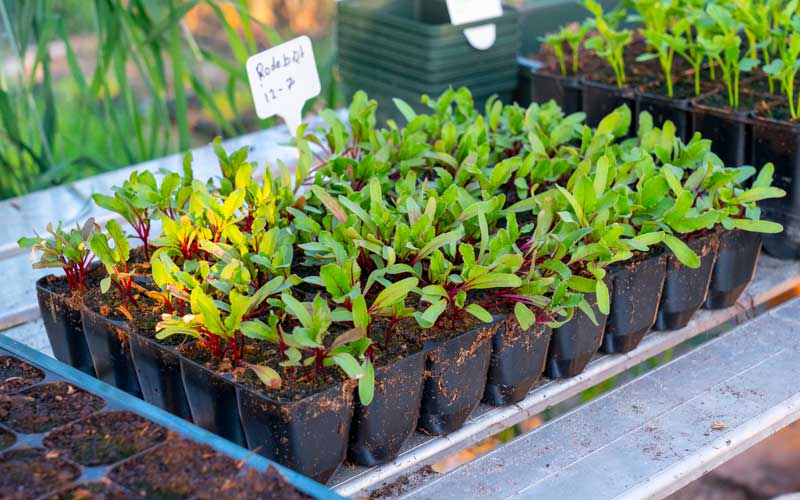
Expand your toolkit and grow successfully


All seed trays
View the complete assortment of seed trays here
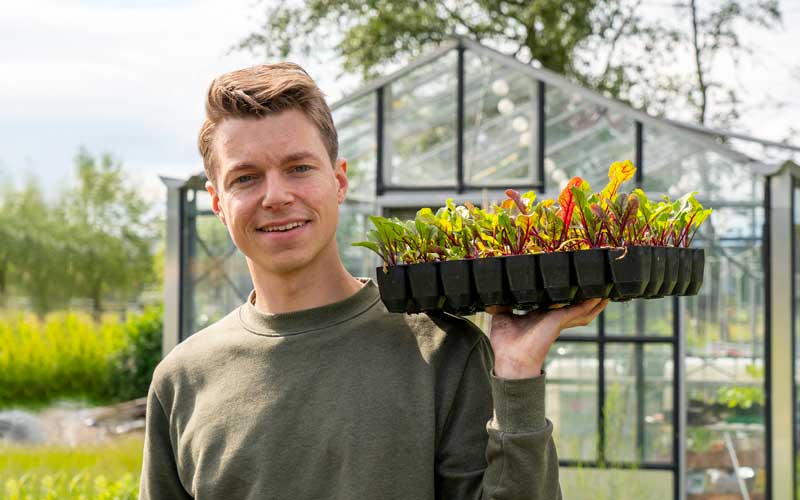
Decision aid
Search what you want to grow and we’ll tell you what seed tray best suits you!
Which Seed Tray is best for you?
What seed trays are out there and what are the pros and cons for all of them? Let’s dive into the world of seed trays and explain why one is “better” than the other.
Biggest differences
All seed trays are similar in that they can be used to start your own food or flowers from seeds. But there is a big difference in caring, time and longevity. Garden centers offer a weak seed tray that bends and breaks easily and only lasts two growing seasons. Biodegradable seed trays have a weakness in taking water from your seedlings and drying them out. If you want the ease of use, time-saving and 15 years of enjoyment, sturdy seed trays are your best choice.
Your ideal cell size
Every plant has its own growing needs. For example, peas and corn like to root fast and deep. While lamb lettuce and lavender root are shallow and slow. Choosing the right cell size for the right plant is important for growth!
How to pick the right cell size?
Of course, we are here to help. Using our seed tray finder you can find your perfect seed tray based on what you’d like to grow. At the top of this page you find a search bar, search for your favorite plants and the results will display the best seed trays to use for whatever you want to grow!
Best overall performing Seed Tray

There is always that one special version that is just an overall best performer. For our seed tray collection that’s definitely the 40-cell shallow seed tray. The seed tray has a big enough cell size to grow pretty much anything. But small enough cells so you can grow a lot in a small space.
Expand your toolkit and grow successfully
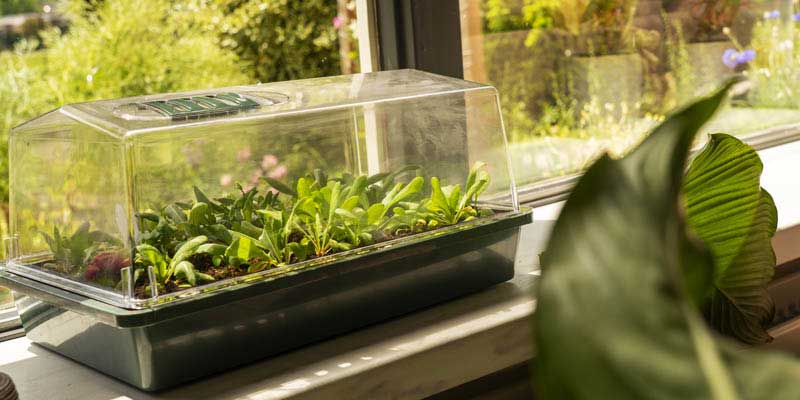
Still can’t find what you are looking for?
Let us help you! Just fill in the contact form below and let us know what you would like to grow. We’ll contact you as soon as possible with our reccomendations.
How to find the right seed tray for you
How do you garden?
Most home gardeners prefer to garden when they have time and can’t be on top of it all the time. A bigger cell gives the plant more space and time to grow and also, more compost means that it can hold more water. That way you can garden when you want to and don’t have to be on top of it. Smaller cells are great for slow-growing crops or for a quick turnaround in the garden. They do of course require to be watered more often.
Why module trays instead of seed trays?
The cells in the module trays have our preference because of the ease of use when transplanting. And usually, when you start seeds in seed trays you will still prick them into module trays (something we do as well for lettuce and brassicas).
Module trays also help with keeping the roots of each plant in check. That way they can’t get entangled with each other and grow a strong root ball that is ready for transplanting outside.
What seed tray to get for growing vegetables?
As each vegetable grows differently we also use different seed trays for each vegetable. This list would become pretty long so please use the seed tray finder above to figure out specifics.
But as general help, Leafy vegetables like endive, corn salad, lettuce, and purslane can be started best in the 60 or 77 cell trays (+/- 3 by 3cm cell size).
Fruit vegetables like cucumber, zucchini, artichoke, bell pepper, squash, and tomatoes like the extra space the 15 cell provide (+/- 7 by 7cm cell size).
Cabbages like cauliflower, kohlrabi, broccoli, pointed cabbage, Chinese cabbage, red cabbage, white cabbage, Brussels sprouts, and pak choi need some extra depth for their roots so love the 40 cell deep (+/- 4 by 4 by 9cm cell size).
Root and tuber crops like beetroot, celeriac, radish, salsify, and Onions like spring onion, leek, red and white onions prefer the 40 cell tray (+/- 4 by 4cm cell size).
Crops like Peas, long beans, pods, string beans, green beans, broad beans also prefer some extra depth. The 28 deep or 40 cell deep trays are great (+/- 4 to 5 by 4 to 5cm cell size)!
What seed tray to get for growing flowers?
We start most of our flower seeds in smaller cell sizes like the 60 or 77 cell trays. If they can not be planted out directly after because they can not tolerate frost (cosmos, zinnia, and other heat-loving summer flowers) or because we have to start them very early in the season because the days until the plants start to flower, are very long (more than 90 days) we transplant them onto larger cell module trays like the 15 cell or 28 cell trays.
Some flowers don’t like root disturbance or root very deep. For example, taproot growing plants like Daucus carota Dara or Amii Majus or deep-rooting Lathrys (sweat peas) we start in the 40 cells deep module tray.
Why our seed trays?
Now, why would you get our seed trays? We are the official reseller of the Containerwise seed trays from the UK. These have been tested and redesigned for over 15 years to create the perfect tray. With a wide range of sizes to fit every need they are the most complete solution for every garden.
Originally built for the professional market they are designed to last a long time compared to flimsy consumer goods.
Next to all of that we are gardeners ourselves and fell in love with the trays before becoming a reseller. It’s our goal to provide the EU with durable garden products.
Need help?
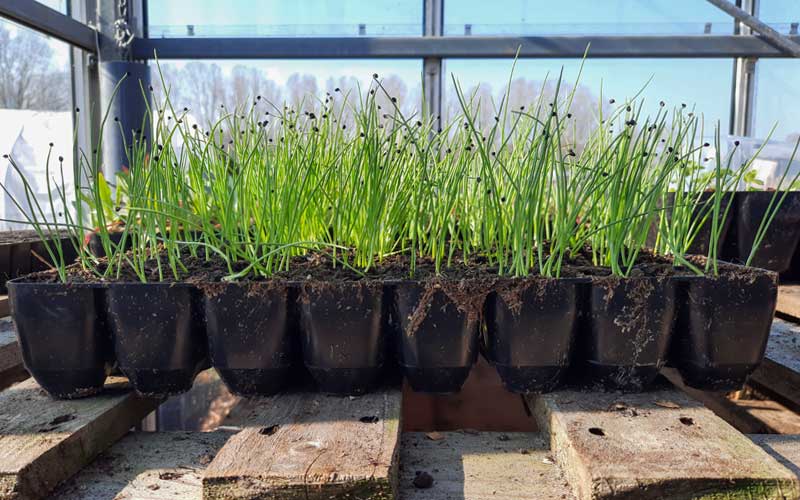
Recomended seed trays
Our top 10 picks
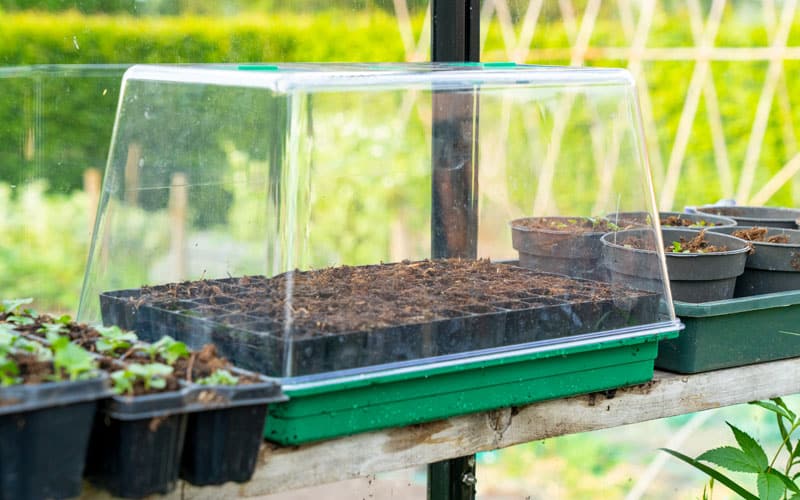
Others also searched
“propagators”
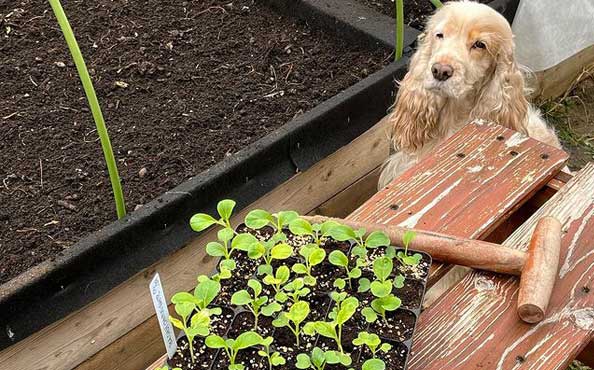
Find your perfect tray
Seed tray finder

Others also searched
“Charles Dowding Tray”
